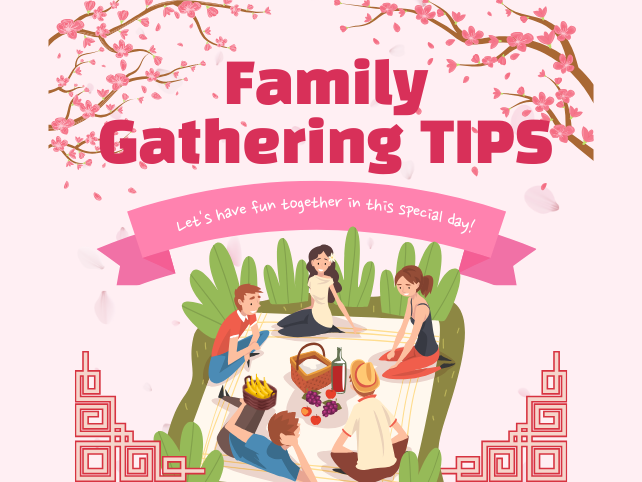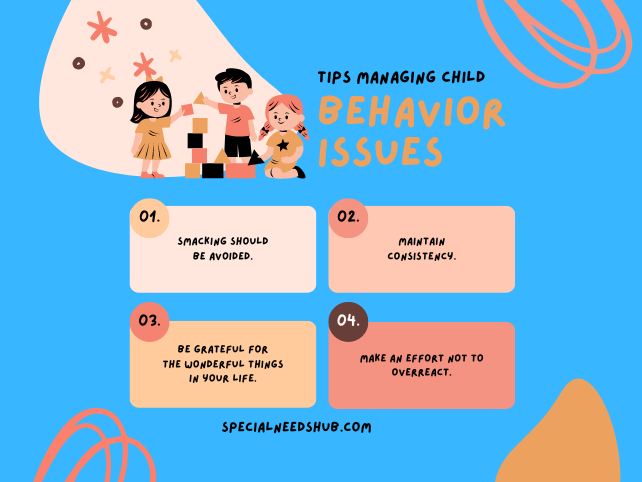
Thanksgiving is a time for gratitude, family, and feasting. However, for families with special needs children, the holiday season can present unique challenges. The hustle and bustle of gatherings, new environments, and sensory stimuli can be overwhelming for these children. Nevertheless, with thoughtful preparation and a focus on inclusivity, Thanksgiving can be a joyous and enriching experience for the entire family.
- Plan Ahead: Begin preparations well in advance to ensure a smooth and stress-free celebration. Discuss the upcoming event with your child, showing pictures or social stories about Thanksgiving to create familiarity and understanding. Outline the schedule for the day, so they know what to expect.
- Create a Safe Space: Designate a quiet, comfortable space where your child can retreat if the festivities become overwhelming. Equip this area with sensory-friendly items such as headphones, fidget toys, or a weighted blanket to provide comfort.
- Communicate with Relatives: Share information about your child’s needs with family members. Educate them on how to interact with your child, explain any potential sensitivities, and encourage patience and understanding. This open communication can pave the way for a more supportive environment.
- Inclusive Activities: Tailor activities to accommodate your child’s abilities and interests. Whether it’s a craft station, a sensory-friendly game, or a quiet reading corner, incorporating activities that your child enjoys will help them engage with the festivities at their own pace.
- Mindful Menus: Consider your child’s dietary preferences and sensitivities when planning the Thanksgiving menu. Ensure there are options that cater to their needs, avoiding potential allergens or textures that may be challenging. Communicate these requirements to the host or prepare a few dishes to bring along.
- Practice Social Scenarios: If your child struggles with social interactions, practice greetings and conversations beforehand. Role-playing can be a helpful tool to build confidence and reduce anxiety about socializing with relatives.
- Visual Aids: Use visual aids like schedules, charts, or social stories to help your child understand the sequence of events during Thanksgiving. This visual support can provide a sense of structure and predictability, reducing anxiety.
- Sensory Considerations: Be mindful of sensory triggers such as loud noises, bright lights, or strong odors. If possible, communicate with the host about dimming lights, reducing noise levels, or providing a quiet space for those who may need a break.
- Celebrate Differences: Encourage an atmosphere of acceptance and celebration of differences. Use this opportunity to educate other children and family members about your child’s unique strengths and challenges, fostering a sense of inclusivity.
- Reflect and Reassess: After the Thanksgiving celebration, take time to reflect on what worked well and what could be improved. Use this feedback to refine your approach for future gatherings, ensuring an even more positive experience for your child.
Thanksgiving is a time for coming together, expressing gratitude, and creating cherished memories. By taking proactive steps to prepare and accommodate special needs children, families can ensure that everyone can fully participate and enjoy the holiday festivities. Through open communication, thoughtful planning, and an inclusive mindset, Thanksgiving can be a time of joy and connection for every member of the family.


